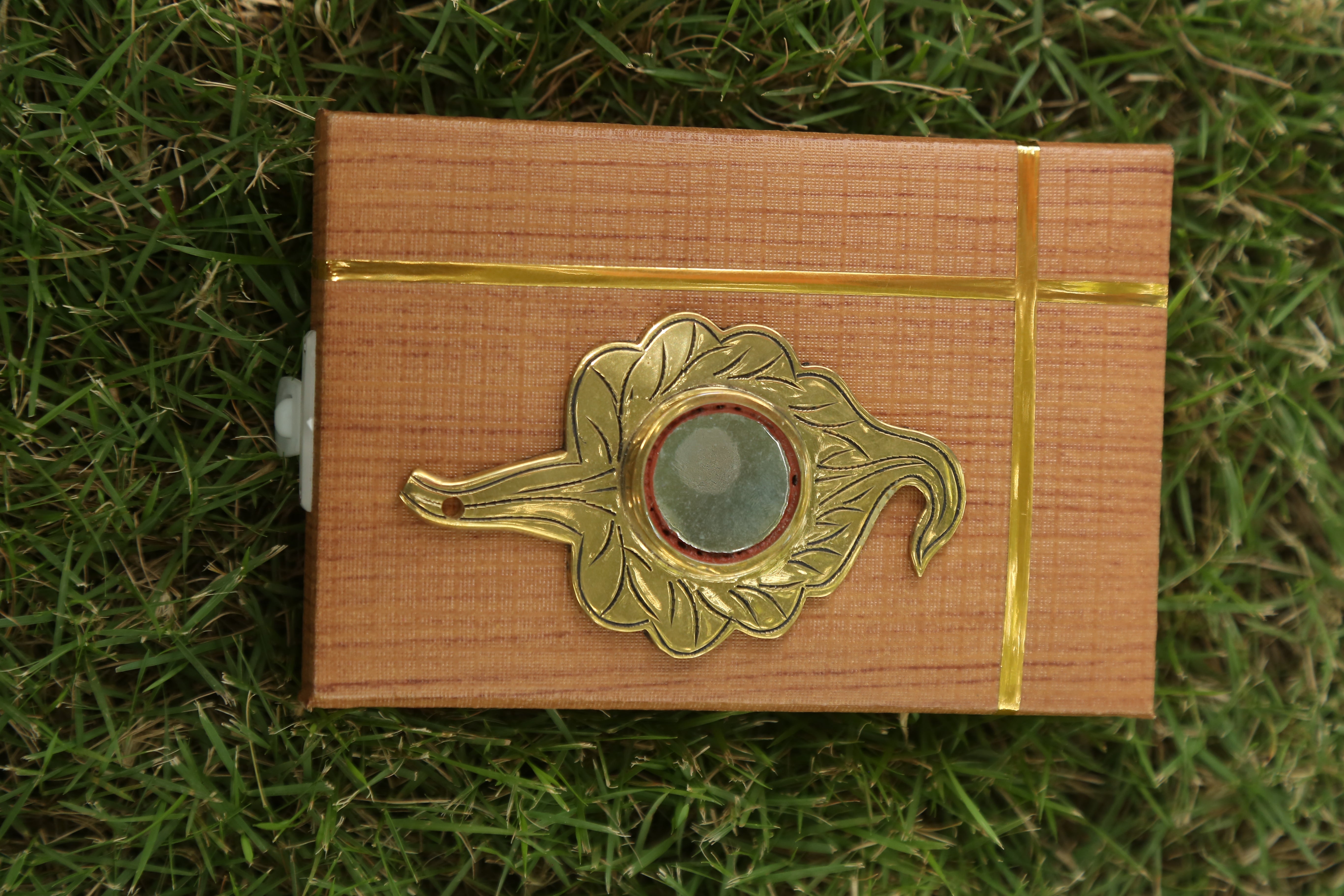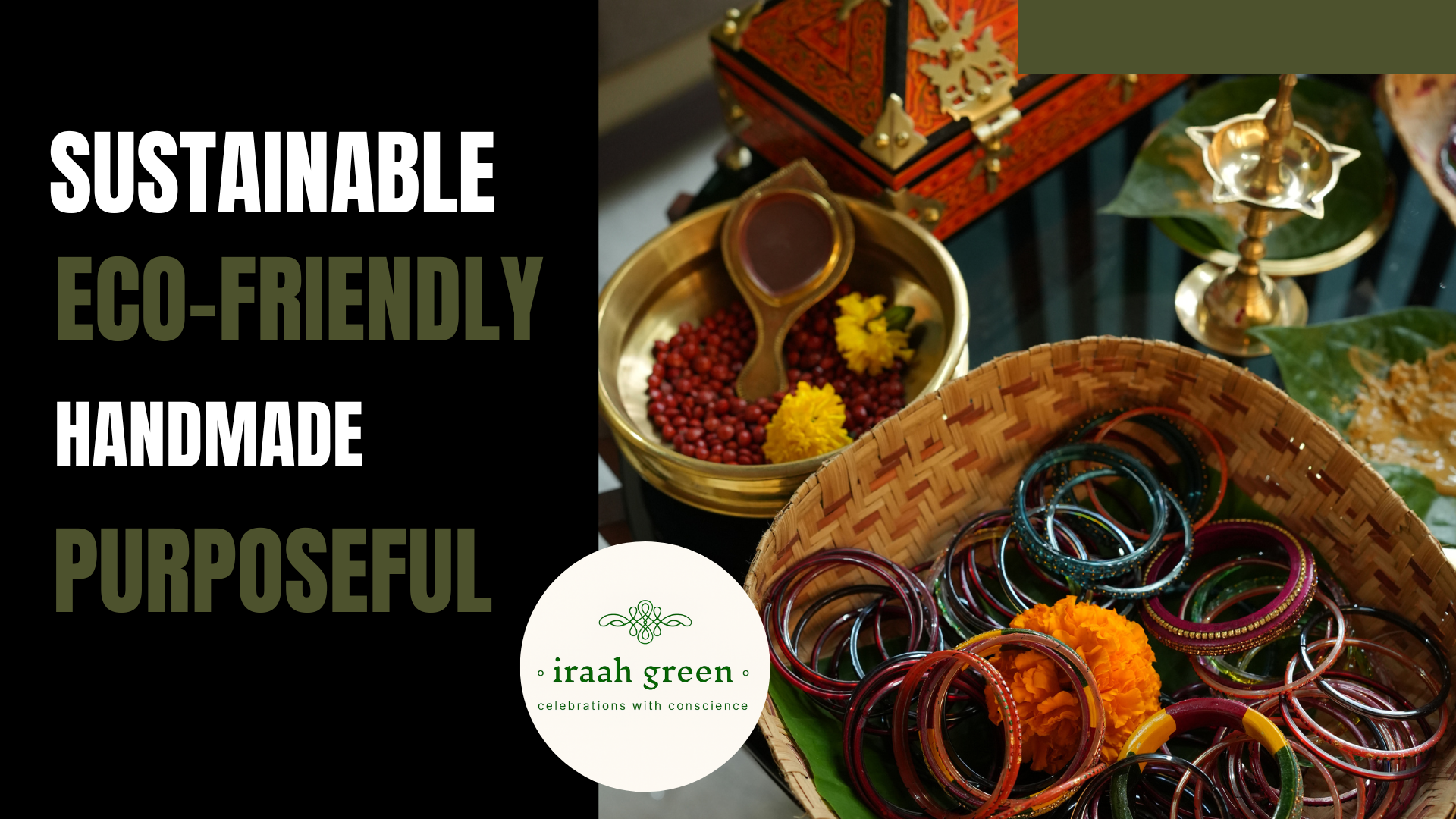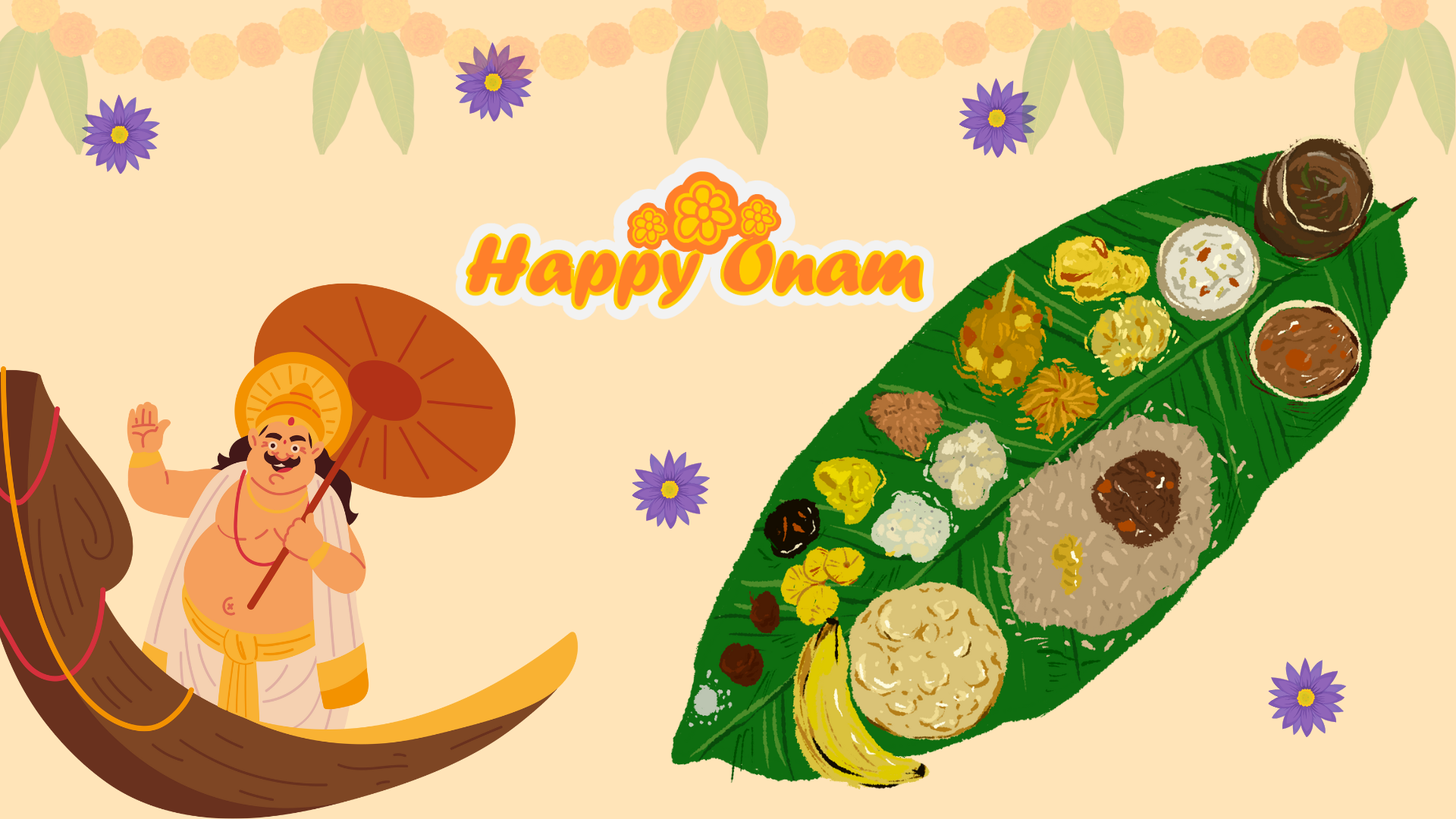
Aranmula Mirrors: A Glimpse Into Ancient Kerala Craftsmanship
Nestled in the picturesque town of Aranmula, located in the southern state of Kerala, India, lies a fascinating and unique craft that has stood the test of time for centuries—Aranmula mirrors. These mirrors are unlike any other, not just in their function but in their rich cultural, spiritual, and artistic significance. They represent a fusion of science, tradition, and skill passed down through generations. Today, Aranmula mirrors are not only considered a masterpiece of Kerala's craftsmanship but also a symbol of India's deep-rooted heritage.
The Origins of Aranmula Mirrors
The origins of Aranmula mirrors can be traced back more than 500 years. According to local legend, these mirrors were created during the reign of the Travancore kings in the 16th century. It is believed that the first mirror was crafted by a master craftsman in Aranmula, and the technique was subsequently passed down to generations. Some say the mirror-making craft was taught to local artisans by a group of artisans who arrived in the region with the king’s army.
Regardless of their origin story, Aranmula mirrors quickly became a prized possession, not only because of their remarkable appearance but also due to their spiritual and cultural importance. These mirrors have been used in temples for rituals, for decoration in royal palaces, and for personal adornment by families seeking prosperity, health, and happiness.

The Craftsmanship Behind Aranmula Mirrors
What truly sets Aranmula mirrors apart from regular glass mirrors is their construction. The mirrors are made using a unique alloy, the composition of which is a closely guarded secret. This alloy, a combination of metals like copper and tin, gives the mirror its distinctive reflective surface. The mirror itself does not use silver or glass, which are commonly found in traditional mirrors; instead, the artisans employ an ancient method of polishing a metal surface to such perfection that it acts as a reflective surface.
The process of creating an Aranmula mirror involves an intricate set of steps. The raw metal is carefully cast, then polished by hand using a combination of natural abrasives, usually plant extracts, charcoal, and minerals. The metal is polished for several days until the surface becomes so smooth that it reflects images in perfect clarity. Unlike glass mirrors, Aranmula mirrors are almost completely devoid of distortion and provide a true reflection.
The skill of the artisans who make these mirrors is passed down through generations. There are only a handful of families in Aranmula who still practice the art, making each mirror a unique piece of craftsmanship. This limited knowledge and skill make Aranmula mirrors rare and highly sought after. The artisans use traditional methods, and the process of making one mirror can take several days, depending on the size and complexity of the design.
Spiritual Significance of Aranmula Mirrors
Aranmula mirrors have a deep spiritual significance in Kerala, particularly in Hindu culture. It is believed that the mirror serves as a conduit for divine energy. In ancient times, these mirrors were mostly found in temples, where they were used during religious rituals, and it was believed that their reflective quality helped devotees see the divine presence in the mirror.
These mirrors were often used in temple festivals, where they would be placed in front of idols or deities to enhance the divine aura. The shiny, metallic surface of the mirror was seen as a metaphor for the soul’s reflection in the presence of the divine. As a result, the mirror was not only an object of beauty but a sacred tool for spiritual enlightenment and self realization.
Aranmula mirrors are often seen as auspicious gifts during weddings, housewarming
ceremonies, and other cultural events. The mirror is thought to bring good luck, prosperity, and harmony into the home, much like the traditional belief in vastu shastra (Indian architecture) that mirrors should be placed in specific locations to invite positive energy.
Aranmula Mirrors in Contemporary Times
In today’s world, where technology dominates every aspect of life, Aranmula mirrors remain a rare and highly valued treasure. They are not only appreciated for their craftsmanship but also revered for their cultural and spiritual significance. These mirrors have found a special place in contemporary interior design, where they are used as decorative pieces in homes and offices. Their unique appearance, with their bright metallic surface, adds an antique touch to modern interiors.
Despite their popularity, the art of making Aranmula mirrors is on the verge of extinction. Only a few families in the region still have the skill and knowledge to produce them, and there is a constant struggle to keep this craft alive. The younger generation, unfortunately, is not as interested in continuing the craft, as the process is tedious and time-consuming. The introduction of modern glass and reflective surfaces has also led to a decline in the demand for traditional mirrors.

However, efforts are being made to revive and protect the craft of Aranmula mirrors. The government of Kerala, along with non-governmental organizations, has taken steps to protect the craft by providing training to new artisans and encouraging the younger generation to participate. There have also been initiatives to certify Aranmula mirrors as a geographical indication (GI) product, which would protect the craft from imitation and ensure that only the mirrors made in the region are considered authentic. This certification has already been granted to the craft, and it has opened up new avenues for selling the product internationally.
Click the link to learn more about other GI products.
Aranmula Mirrors as Collectibles and Luxury Items
Today, Aranmula mirrors have become highly prized collector’s items. They are often sold in temples, local markets, and through online platforms, where their high value makes them coveted by art collectors, history enthusiasts, and luxury lovers. They are considered a symbol of heritage and cultural sophistication, and their exclusivity adds to their luxury appeal.
Unlike mass-produced, machine-made mirrors, Aranmula mirrors are handmade, making
each one a unique piece of art. The metal alloy used in their creation and the hand-polishing process adds to their beauty and makes them perfect for those who appreciate craftsmanship, culture, and exclusivity. They are also regarded as elegant and meaningful gifts, particularly for those who value traditional craftsmanship and the spiritual significance of such objects.
Aranmula mirrors also have a place in international markets, where they are sought after by collectors and connoisseurs of fine art. As more people around the world embrace sustainable and handmade luxury items, the Aranmula mirror has carved a niche for itself as a symbol of traditional craftsmanship and eco-conscious luxury.

Conclusion
Aranmula mirrors are far more than just functional objects. They are a window into Kerala’s rich cultural heritage and a testament to the skill of the artisans who have preserved this craft for centuries. The unique alloy and reflective surface of these mirrors are a perfect blend of ancient techniques and scientific innovation. While the craft is in danger of fading, efforts to revive and protect the tradition give hope that the beauty and significance of Aranmula mirrors will continue to shine in the modern world. Whether as a spiritual artifact, a collector's item, or a symbol of luxury, the Aranmula mirror remains a cherished piece of Kerala’s rich artistic and cultural legacy.








